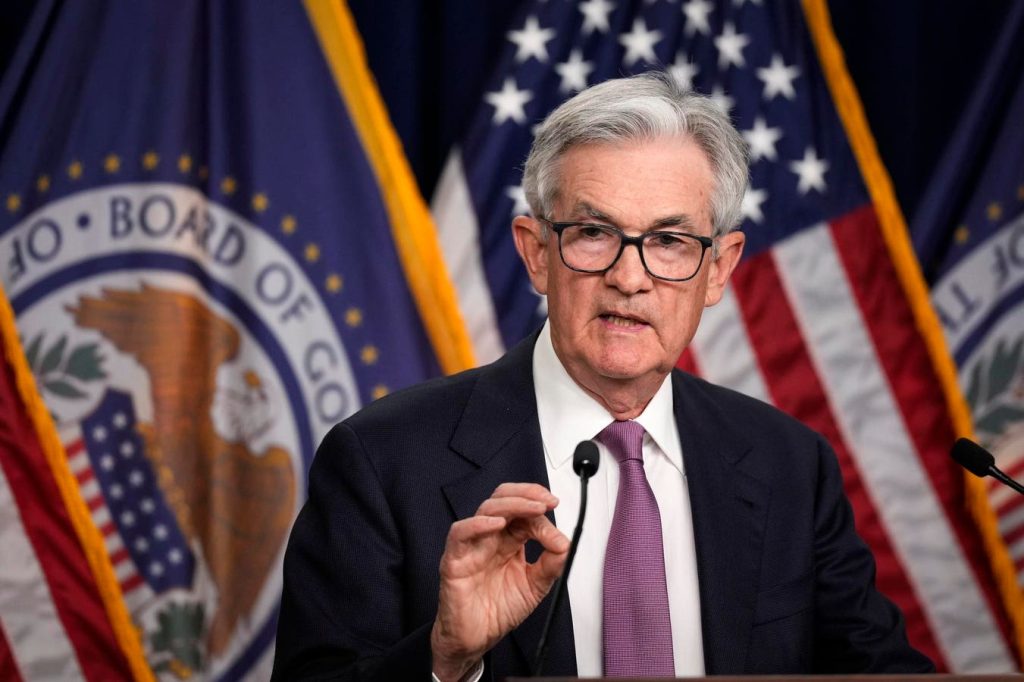India’s Gross Goods and Services Tax (GST) collections for October 2023 have risen by 13% year-on-year (YoY), reaching Rs 1.72 lakh crore ($23 billion), marking the second-highest collection ever recorded, according to official data. The record-breaking figure was set in April, when GST revenue reached Rs 1.87 lakh crore ($25 billion).
This surge in October’s collections represents an impressive increase of Rs 10,000 crore ($1.3 billion) from the previous month. M S Mani from Deloitte India attributed this growth to robust economic factors and the tax authorities’ efforts to detect short payment and evasion.
The gross GST revenue for October also demonstrated a 13% increase in revenue from domestic transactions and the import of goods compared to the same period last year. This growth has pushed the average gross monthly GST collection for the fiscal year 2023-24 to Rs 1.66 lakh crore ($22 billion), up by 11% from the previous financial year.
A detailed breakdown of October’s collections includes Rs 30,062 crore as Central GST (CGST), Rs 38,171 crore as State GST (SGST), Rs 91,315 crore as Integrated GST (IGST, with Rs 42,127 crore derived from import of goods), and Rs 12,456 crore as cess (including Rs 1,294 crore from import of goods).
Significantly, there was an increase in allocation to CGST and SGST from IGST collections, with amounts reaching Rs 42,873 crore and Rs. 36,614 crore respectively. Abhishek Jain of KPMG linked this considerable increase with the settlement of disputes for FY 17-18 as the normal period of limitation ended on September 30.
Despite the growth in October’s GST figures over last year, the cumulative growth of GST revenue for April-October 2023 was only 11%, lower than the budgeted growth of 12%, according to Vivek Jalan from Tax Connect Advisory. He warned that even a 1% deficit in GST revenue from the budget could impact the fiscal deficit target for FY 23-24 by around 0.03%. Nonetheless, the ongoing festivities driven consumption could help sustain this growth, particularly in key manufacturing and consuming states.
This article was generated with the support of AI and reviewed by an editor. For more information see our T&C.
Read the full article here







